With the increasing demand for brighter smiles, cold light teeth whitening has become one of the most sought-after cosmetic dental procedures. This technique leverages a specific wavelength of light to accelerate the whitening process, breaking down stains more effectively than traditional whitening methods. But how exactly does the wavelength impacts whitening results? In this article, we will explore the science behind this technology and how different wavelengths influence whitening results.
Cold light teeth whitening is a non-invasive method that uses a special LED or laser light source to activate a whitening agent, typically hydrogen peroxide or carbamide peroxide. Unlike UV-based whitening treatments, cold light operates at a controlled wavelength that minimizes heat production, reducing the risk of gum irritation and tooth sensitivity.
Faster results compared to traditional whitening methods.
Less heat and sensitivity, making it safer for the gums and enamel.
More effective stain removal due to enhanced activation of whitening agents.
The wavelength of light used in whitening treatments plays a crucial role in determining whitening effectiveness. Different wavelengths penetrate the enamel differently, affecting how well the whitening agent can break down stains.
Shorter wavelengths (400–500 nm, blue light): These penetrate deeper into the enamel, effectively breaking down complex stains and accelerating the whitening reaction.
Longer wavelengths (>600 nm, red or infrared light): These generate more heat, which may cause discomfort and is less effective for activating the whitening gel.
Most professional cold light teeth whitening systems use blue light (typically 450–480 nm) because it provides the optimal balance between whitening effectiveness and safety.
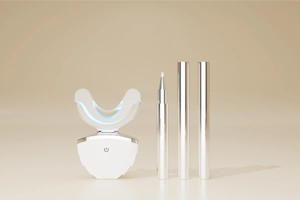
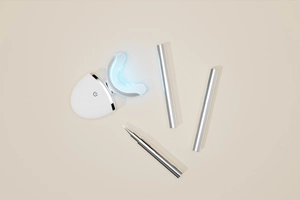
Recent studies have demonstrated that cold light within the 450–480 nm range enhances the breakdown of peroxide-based whitening agents, leading to faster and more noticeable whitening results. Some clinical trials also suggest that blue light exposure can reduce treatment time while improving whitening effectiveness by up to 30% compared to peroxide alone.
Additionally, research indicates that using an incorrect wavelength can result in suboptimal results, increased tooth sensitivity, and potential gum irritation. This is why selecting the right wavelength and whitening results correlation is essential in professional whitening treatments.
For manufacturers and dental professionals, selecting an optimal cold light teeth whitening system involves considering:
Wavelength range: Ideally between 450–480 nm for maximum whitening effectiveness.
Light intensity: Should be strong enough to activate the whitening gel but not cause discomfort.
Safety features: Built-in temperature control and filters to prevent excessive heat exposure.
As technology advances, cold light teeth whitening is expected to become even more effective and comfortable for users. By understanding the critical relationship between wavelength and whitening results, manufacturers can continue to improve their whitening devices, ensuring better, faster, and safer teeth whitening solutions.
Want to learn more about the best whitening solutions for your business? Contact us today!https://www.powsmart.com/contact-us/

Do Blue Light Toothbrushes Work? A Manufacturer’s Perspective for Smart Brand Choices
Best Electric Toothbrush for Kids in Chicago
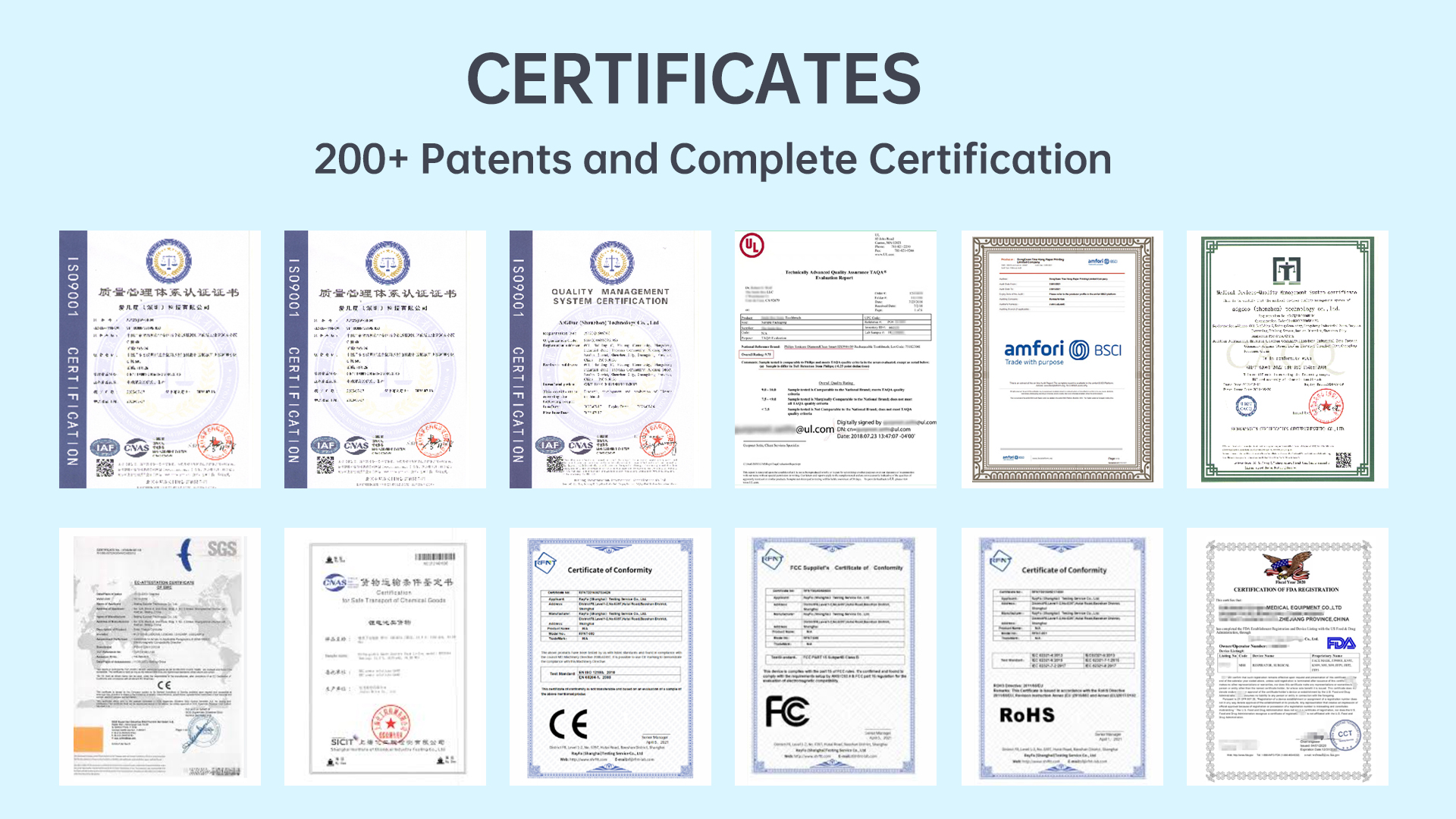
Teeth Whitener Regulations in EU & US: Strategic OEM Manufacturing Insights
.jpg)
Seeking Electric Toothbrush for Hotels Supply or Electric Toothbrush for Dentists Supply?
USB rechargeable sonic toothbrush supplier
.jpg)
Is an LA affordable toothbrush available at LA store toothbrush locations?

Breakthrough in Electric Toothbrush Waterproofing Technology: How to Achieve Full Waterproofing?

Bulk Electric Toothbrush Orders – Texas Manufacturing Minimums
Nozzle Blockage Causing Pressure Loss?

How Important Is Waterproof Testing for Electric Toothbrushes?
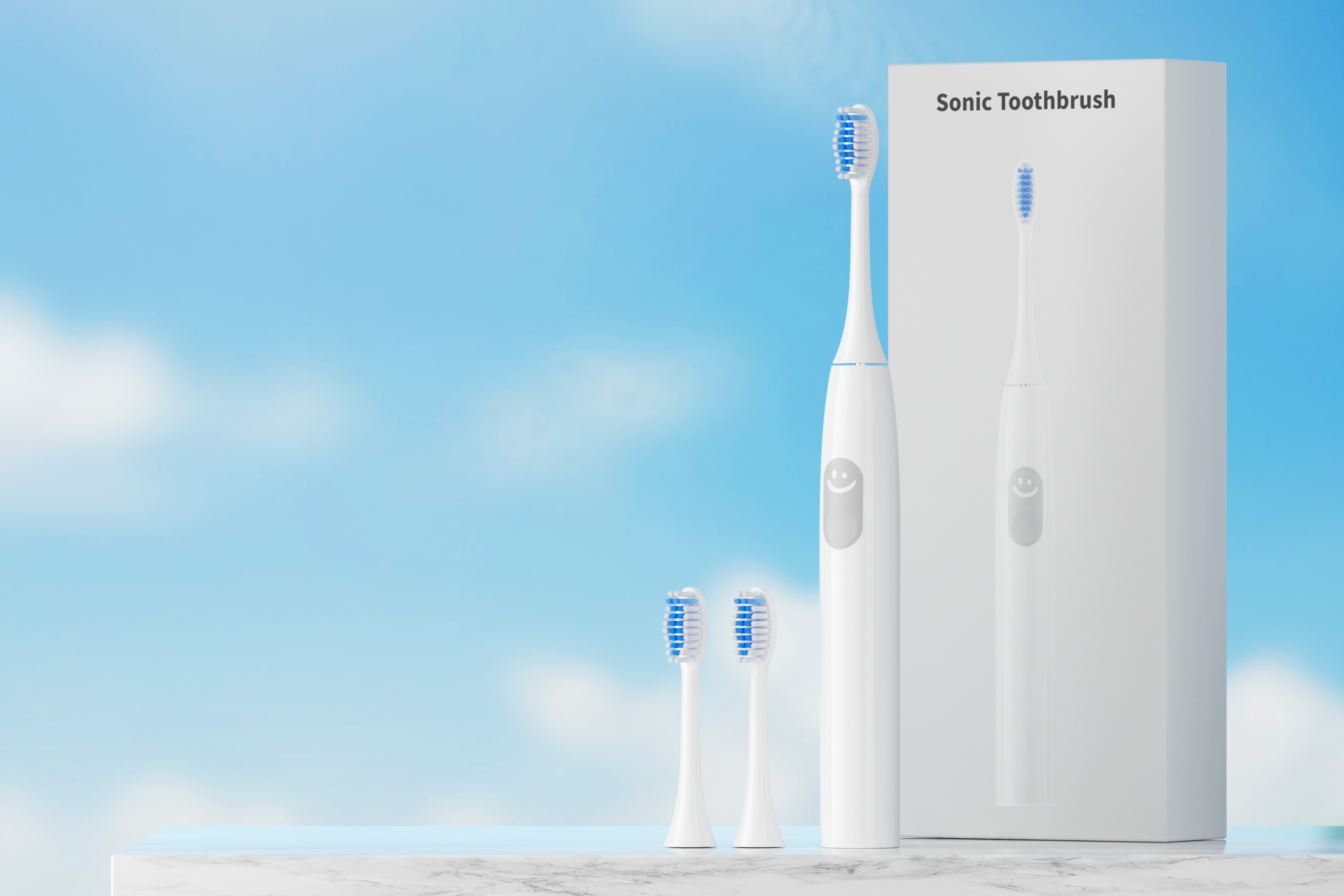
Recyclable Electric Toothbrushes: The Future of Sustainable Oral Care
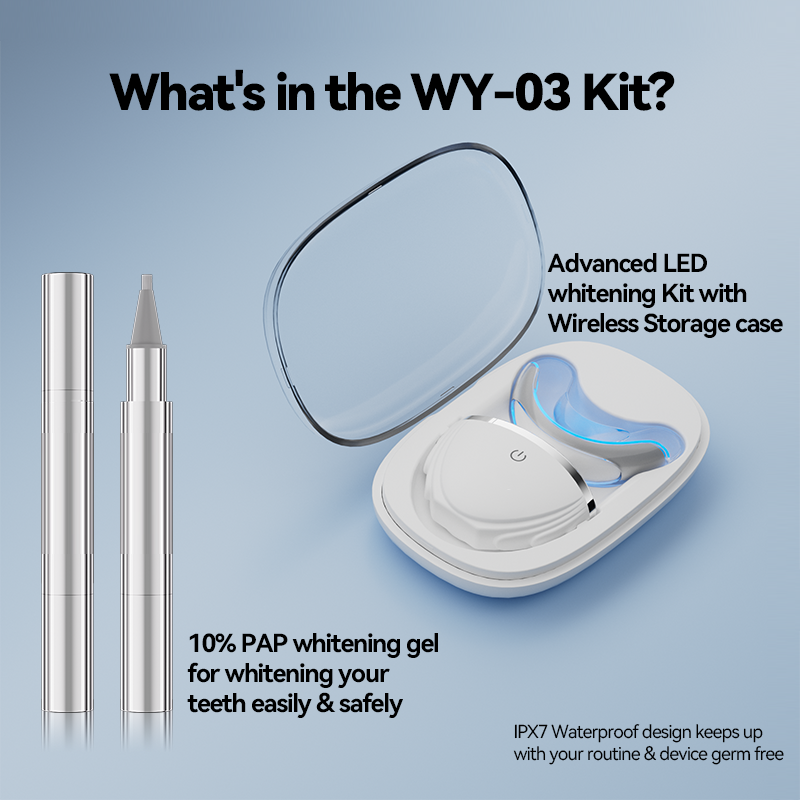
How Wireless Tech is Revolutionizing Oral Care Devices
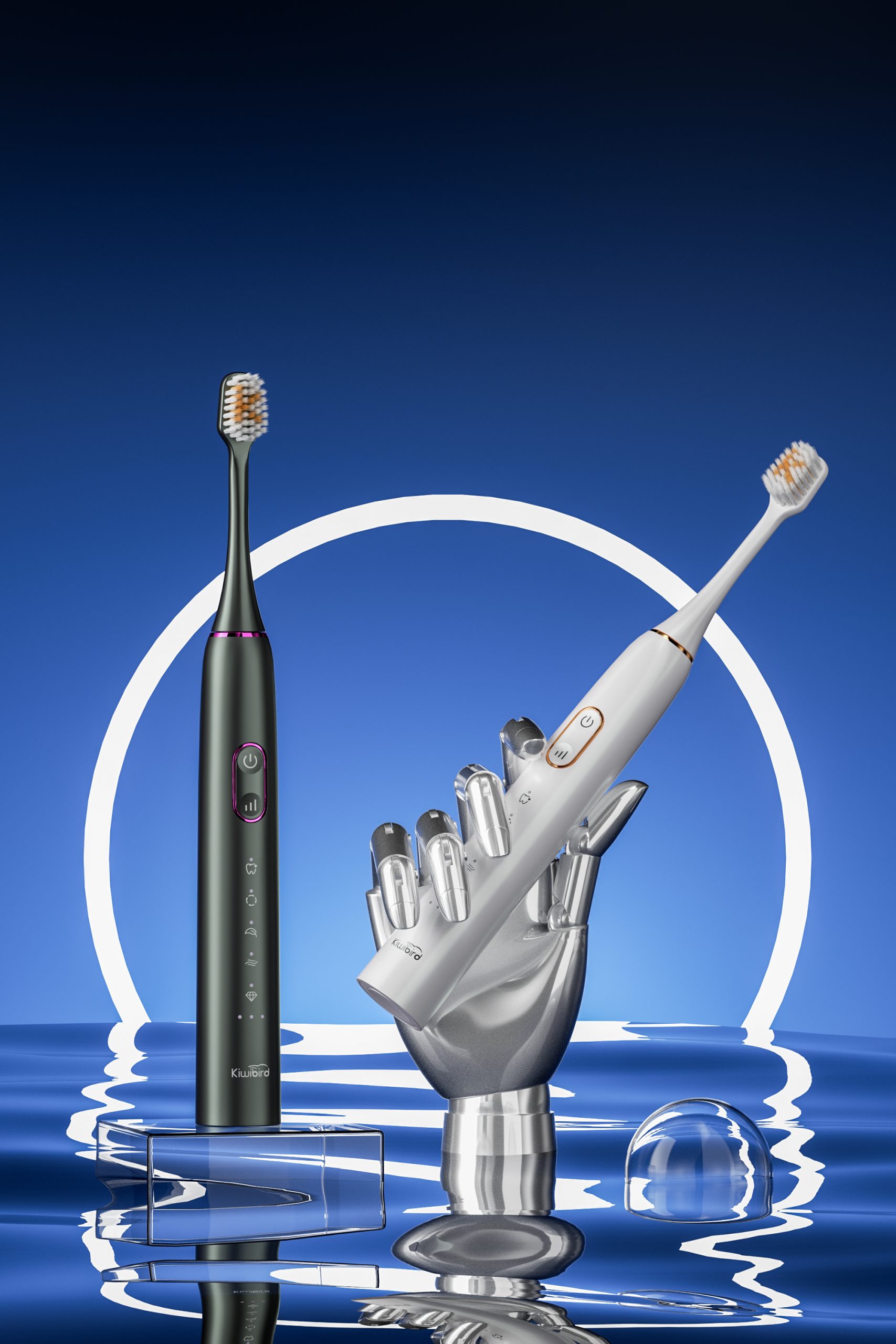
Is a Retiree Electric Toothbrush Market Growing in Florida?

Details of Electric Toothbrush Injection Molding Process: How to Ensure Product Quality?
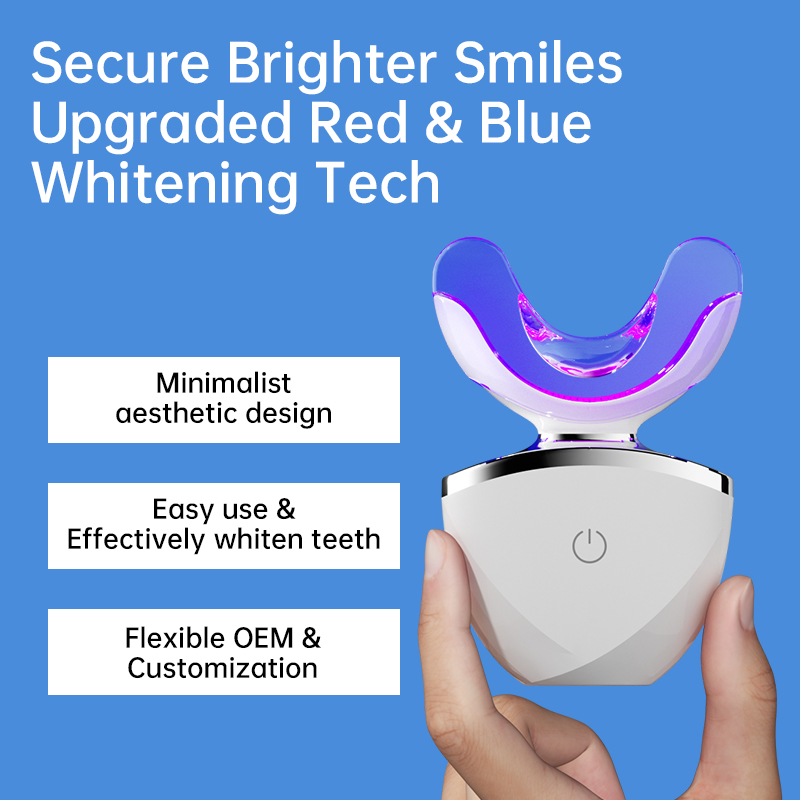
OEM Affordable Teeth Whitening Products at Home: Expanding Your Market Reach
Pregnancy Contraindications & Noise Level Concerns: Safe?

electric toothbrush heads Charcoal Infuse-Round

electric toothbrush heads Deep Clean

Customization Teeth Whitening Gel

electric toothbrush heads Ultra Soft

electric toothbrush heads Regular Clean
.jpg)
Florida Electric Toothbrush – Powsmart PTR-C8

Electric toothbrush heads Charcoal Infused-Diamond

Private Label Whitening Gel
whstapp
whstapp
National Toll-Free Service Hotline
+86 755 86238638